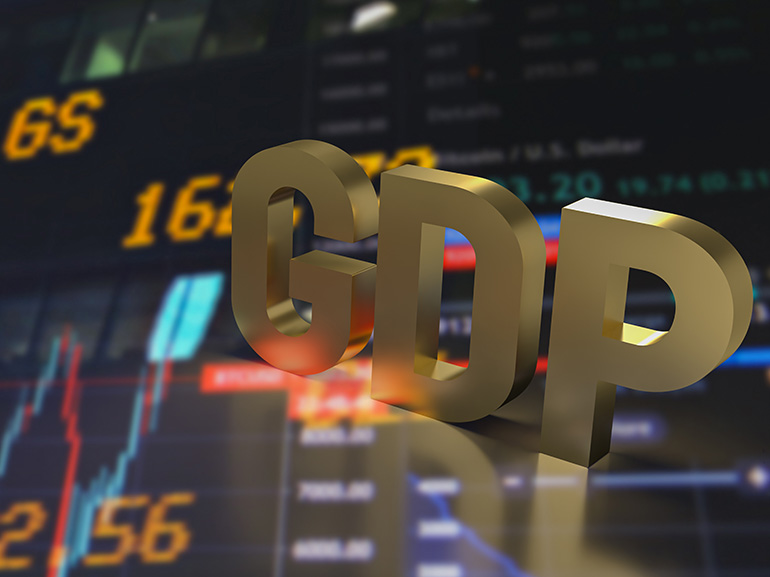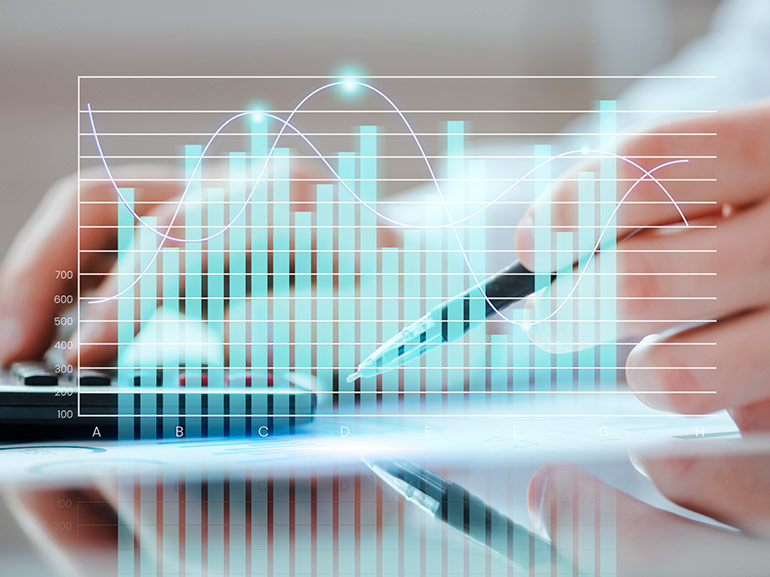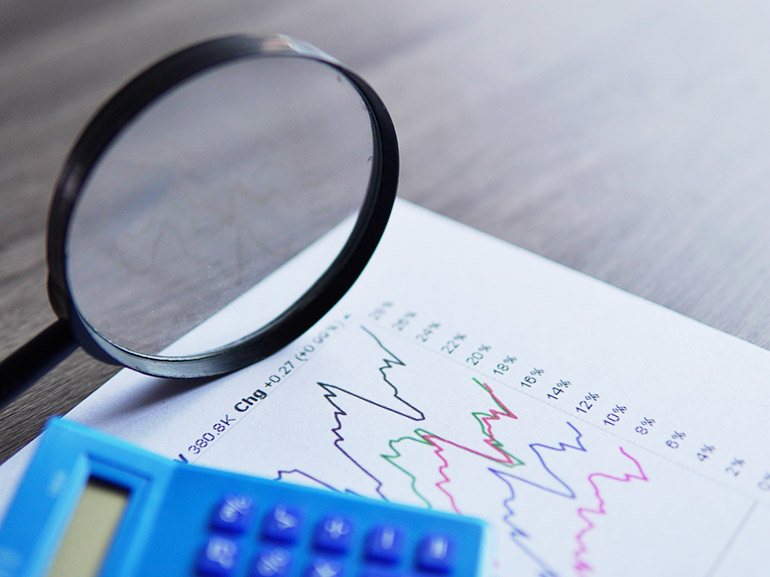GDP Explained: What Is Gross Domestic Product?
A plethora of financial and economic reports emerge weekly, monthly, or yearly, providing traders and investors with much-needed insights about the state of the economy and the financial markets. Gross Domestic Product (GDP) is arguably one of these.
Accordingly, this article explores the meaning of GDP, the different types of GDP, how to calculate GDP, and the effects of the upcoming US GDP releases on the market.

TL;DR
Gross Domestic Product measures the total market or monetary value of the produced goods and services within a country’s borders during a specific time.
The idea behind GDP arose after the Great Depression and World War II.
GDP became a standardized measure of a country’s economy following the Bretton Woods Conference.
The different types of GDP include nominal, real, and per capita.
GDP does not reflect a country's standard of living, well-being, educational or health levels, or environmental quality.
What Is Gross GDP?
GDP or Gross Domestic Product is the total market or monetary value of the produced goods and services within a country’s borders over a specified time period. Since it measures the market value of produced goods and services, this economic index gauges a country’s growth or decline. The ideal GDP growth rate is between 2% and 3%, according to economists.
History of GDP
Historically, the concept of GDP emerged in the aftermath of the Great Depression and World War II eras. While the history of GDP is certainly not devoid of action and monumental milestones, here are three key events behind the emergence of GDP:
1937
In 1937, Simon Kuznets, an economist at the National Bureau of Economic Research, generated a report to the US Congress in which he presented the original formation of GDP. He intended to gauge the overall economic production companies, governments, and individuals delivered to understand the health of the economy.
1944
GDP became a standardized measure of a country’s economy following the Bretton Woods Conference.
1999
The US Commerce Department announced that the GDP was one of the 20th century’s great inventions.
How to Calculate GDP: How Is GDP Measured?
Measuring GDP can be done using the following methods:
Income: GDP can be calculated by measuring all the factors of the economy’s production, including labor wages, land rent, interest payments, and profits. Basically, any factor that contributes to national income.
Output: GDP can be calculated by adding up the values of all goods and services created by its various sectors - agriculture, manufacturing, energy, construction, and service industries.
Spending: GDP can be calculated by measuring the money spent by the different groups that participate in the economy, such as governments, companies, businesses, and consumers.
How Does GDP Affect Me?
Broadly speaking, an increase in GDP rates usually generates more work opportunities because it indicates a healthy economy and, consequently, higher chances of prosperity and wage growth. On the flip side, lower GDP means that an economy is possibly underperforming or struggling, and as such, there would be fewer job opportunities, and perhaps even layoffs like those observed in the tech industry in 2022 partially due to high inflation, the war in Ukraine, and the Coronavirus pandemic.
Nonetheless, due to GDP's multifaceted nature and various factors and components, higher GDP does not necessarily mean good news for everyone as it depends on the financial sector and the individual in question. This can be similar to how certain financial sectors and assets, which are often called safe-havens, perform well in recessions or inflationary atmospheres, whereas other sectors struggle.
Types of GDP
GDP comes in different forms and types, such as nominal, real, and per capita, among others. Below, we discuss the aforementioned types of GDP:
Nominal GDP
An economy's nominal GDP includes the current prices of all goods and services in a specific year in the calculation of economic production. This includes inflation and rising prices.
Real GDP
In contrast, to nominal GDP, real GDP is adjusted for inflation (does not include inflation in its calculation) and is considered one of the most accurate portrayals of a country’s economic health. It is usually determined by a predetermined base year or by using the previous year's price levels to determine the prices of goods and services.
GDP Per Capita
Economic output per person is measured by GDP per capita, which gauges the amount of money earned per person in a nation. This type of GDP evaluates the average per-person income to assess a population's standard of living and quality of life.
Which Country Has the Highest GDP?
As of March 2025, here is the order of countries with the highest and lowest GDP per capita:
The United States
China
Germany
India
Japan
United Kingdom
France
Brazil
Italy
Canada (Source: ClearTax)
The Limitations of GDP
While GDP can certainly offer a lot of information about the economy, it also has its limitations.
For example, it does not reflect a country’s standard of living or well-being as it does not measure aspects such as environmental quality, education and health levels, leisure, and tech developments, among other aspects. (Source: Lumen Learning)
Conclusion
Gross Domestic Product (GDP) is a key measure of a country’s economic health. However, it is important to note that it has limitations and may not always reflect the extent to which a country’s economy is healthy.
FAQs:
What does GDP stand for?
GDP is the abbreviation for Gross Domestic Product, a monetary measure of a country’s total market value of final goods and services produced within its borders.
What is GDP per capita?
GDP per capita refers to a country’s economic output to a per-person allocation.
How do you calculate real GDP?
By breaking down a country’s economic output per person, a nation’s GDP is divided by its population.







